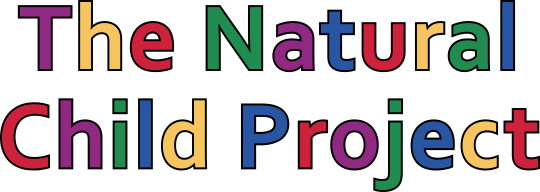Bonding hormone seen in new dads, too
A new study of couples and their firstborn children suggests
oxytocin levels are just as high in fathers as in mothers during
their newborn's early months. Overall, parental oxytocin levels
increased across the study period, with no differences between
maternal and paternal levels at each time point.
Oxytocin and the Development of Parenting in Humans
Ilanit Gordonab, Orna Zagoory-Sharonab, James F. Leckmanc, Ruth Feldmanabc
Received 25 November 2009; received in revised form 3 February 2010; accepted 5 February 2010. published online 01 April 2010.
Background
The nonapeptide oxytocin (OT) has been repeatedly implicated in processes of parent-infant bonding in animal models; yet, its role in the development of human parenting has received less attention and no research has addressed the involvement of OT in the transition to fatherhood.
Methods
Using a prospective longitudinal design, 160 cohabitating mothers and fathers and their firstborn infant were visited at home during the first postpartum weeks and again at 6 months postpartum. Mothers' and fathers' plasma OT was analyzed at each time point with enzyme-linked immunosorbent assay methodology. Interactions between each parent and the infant were observed in the postpartum and microcoded for parenting behavior.
Results
Overall, parental OT increased across the study period and there were no differences between maternal and paternal OT at each time point. Oxytocin showed high intraindividual stability across the first 6 months of parenting and the OT levels of husband and wife were interrelated at both assessments. Maternal OT was related to the amount of affectionate parenting behaviors, including "motherese" vocalizations, the expression of positive affect, and affectionate touch, whereas paternal OT correlated with the degree of stimulatory parenting behaviors, including proprioceptive contact, tactile stimulation, and object presentation.
Conclusions
Results are the first to describe plasma OT levels in new fathers and mothers across the transition to parenthood in relation to maternal and paternal typical parenting behaviors. These data may provide a normative basis for the study of parenting under conditions of high risk.
Key Words: Infant development, neurobiology of parenting, oxytocin, parent-infant interaction, parenting, transition to parenthood
a Department of Psychology, Bar-Ilan University, Ramat-Gan, Israel
b Gonda Brain Research Center, Bar-Ilan University, Ramat-Gan, Israel
c Child Study Center, Yale University, New Haven, Connecticut
Oxytocin and the Development of Parenting in Humans,
Biological Psychiatry




